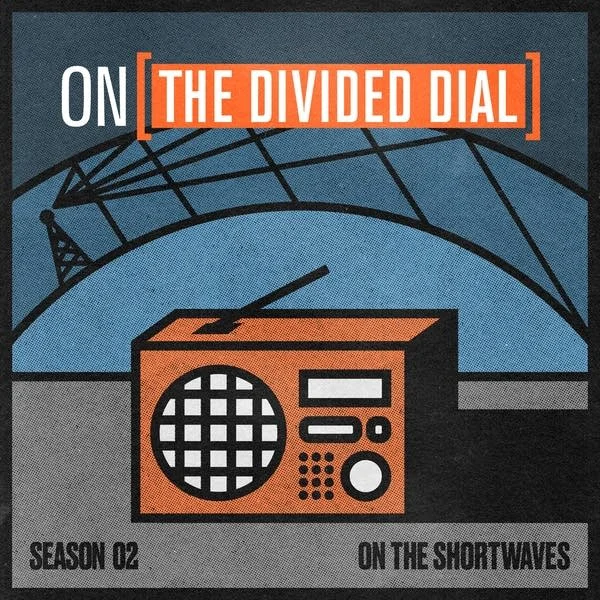
Shortwave Radio’s Unexpected Resurgence: From Propaganda Tool to Modern Battleground
Forget streaming and podcasts, there's a forgotten medium making waves (pun intended): shortwave radio. Once hailed as the internet's predecessor, connecting people globally before the digital age, it took a turn toward propaganda and chaos. But now, it's experiencing an unexpected resurgence, examined in the new season of The Divided Dial, a podcast series from WNYC's On the Media.
The podcast, hosted by Katie Thornton, dives deep into the history and unexpected present of shortwave radio. In a recent interview with Nina Moini on Public Radio, Thornton explained the unique ability of shortwave to reach vast distances: "shortwave broadcasters will actually shoot a radio transmission up into the sky... and it bounces off this upper layer of the atmosphere... and it comes back down to Earth hundreds, even thousands, of miles away." This reach made it a powerful communication tool, especially in the pre-internet era.

The early days were indeed optimistic. Shortwave was added to many home radio sets, enabling instant communication across continents. However, governments quickly realized its potential, leading to its use as a tool for propaganda during World War II and the Cold War. German broadcasters tailored messages to different countries, and the BBC World Service and Voice of America (VOA) emerged as key players in this information war.
Thornton discusses how the VOA, initially designed to promote a free press, faced recent challenges. "In March, the Voice of America was ordered to halt most of their operations and most of their broadcasts," she notes. This rollback, coupled with potential changes to its programming content, raises concerns about bias and the future of public media.
But the story doesn't end there. As 99% Invisible also touches upon, there's a surprising new chapter unfolding. The Divided Dial is exploring, shortwave's current landscape reveals a battleground between radio fanatics and Wall Street. This unlikely conflict raises questions about the value and control of our public airwaves.
The series' exploration of how the medium went from a propaganda tool for government to a propaganda tool for anti-government extremists, specifically within the US, in the '90s and into the 2000s, and really just how much this little known medium shaped a lot of the far-right movements that we're quite familiar with today within the US.
The Divided Dial reveals the fascinating evolution of shortwave radio from a symbol of global connection to a tool of propaganda, and now, a site of unexpected conflict. Beyond its historical significance, the podcast invites listeners to consider the future of this seemingly obsolete technology and its implications for the broader media landscape.
What do you think about the resurgence of shortwave radio? Share your thoughts and experiences in the comments below!